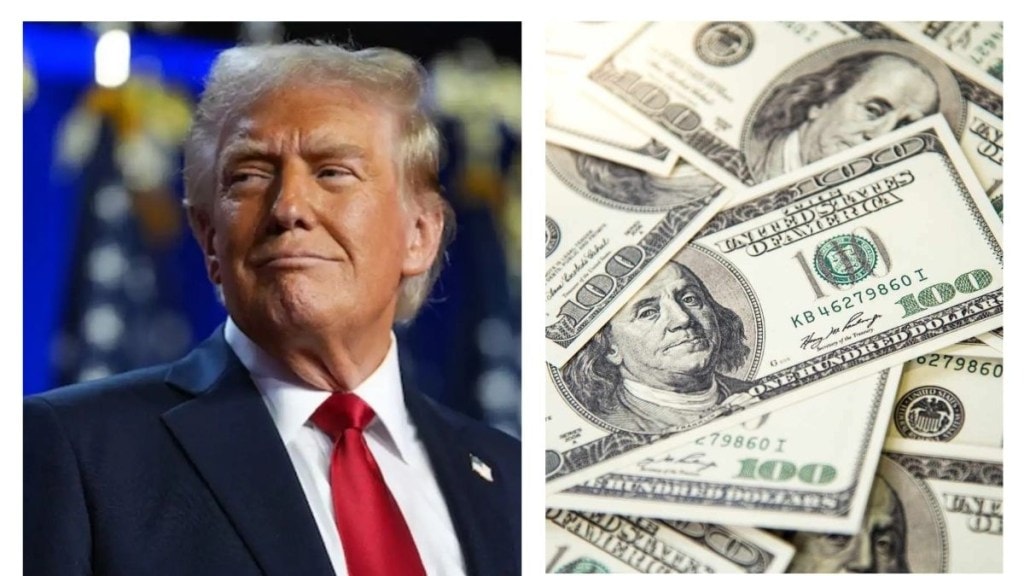The US trade deficit surged to a record $140.5 billion in March, marking the highest monthly gap on record, as businesses rushed to import goods ahead of new tariffs announced by president Trump. The sharp increase was driven by a historic spike in imports, while exports remained largely flat, according to data from the Commerce Department.
Imports rose 4.4% to an all-time high of $419 billion, with goods imports jumping 5.4% to a record $346.8 billion. Exports edged up 0.2% to $278.5 billion, also a record, while goods exports climbed 0.7% to $183.2 billion. The biggest surge came in consumer goods, especially pharmaceutical imports, most of which originated from Ireland.
Trump Tariffs and its impact on the trade deficit numbers
The rush to import goods was prompted by tariffs set to take effect on April 2—dubbed “Liberation Day” by the White House. Companies moved quickly to stockpile products before the levies hit, particularly under Trump’s “reciprocal” tariff plan, which included steep 145% duties on Chinese goods. As a result, imports of capital goods rose by $3.7 billion, fueled by strong demand for computer accessories. Auto imports increased by $2.6 billion. However, industrial supply imports dropped by $10.7 billion due to reduced shipments of gold and silver.
Despite the spike in imports, the U.S. economy contracted by 0.3% in the first quarter—its first decline in three years—as import growth slashed five percentage points from GDP. Overall imports surged 41% over the quarter, marking the fastest pace since 2020. Imports from China fell to their lowest level in five years, reflecting the impact of the 145% tariffs that took effect in April. With no new trade deals on the horizon and retaliatory tariffs from major trading partners temporarily paused for 90 days, economists caution that the full brunt of the trade war may still lie ahead.

